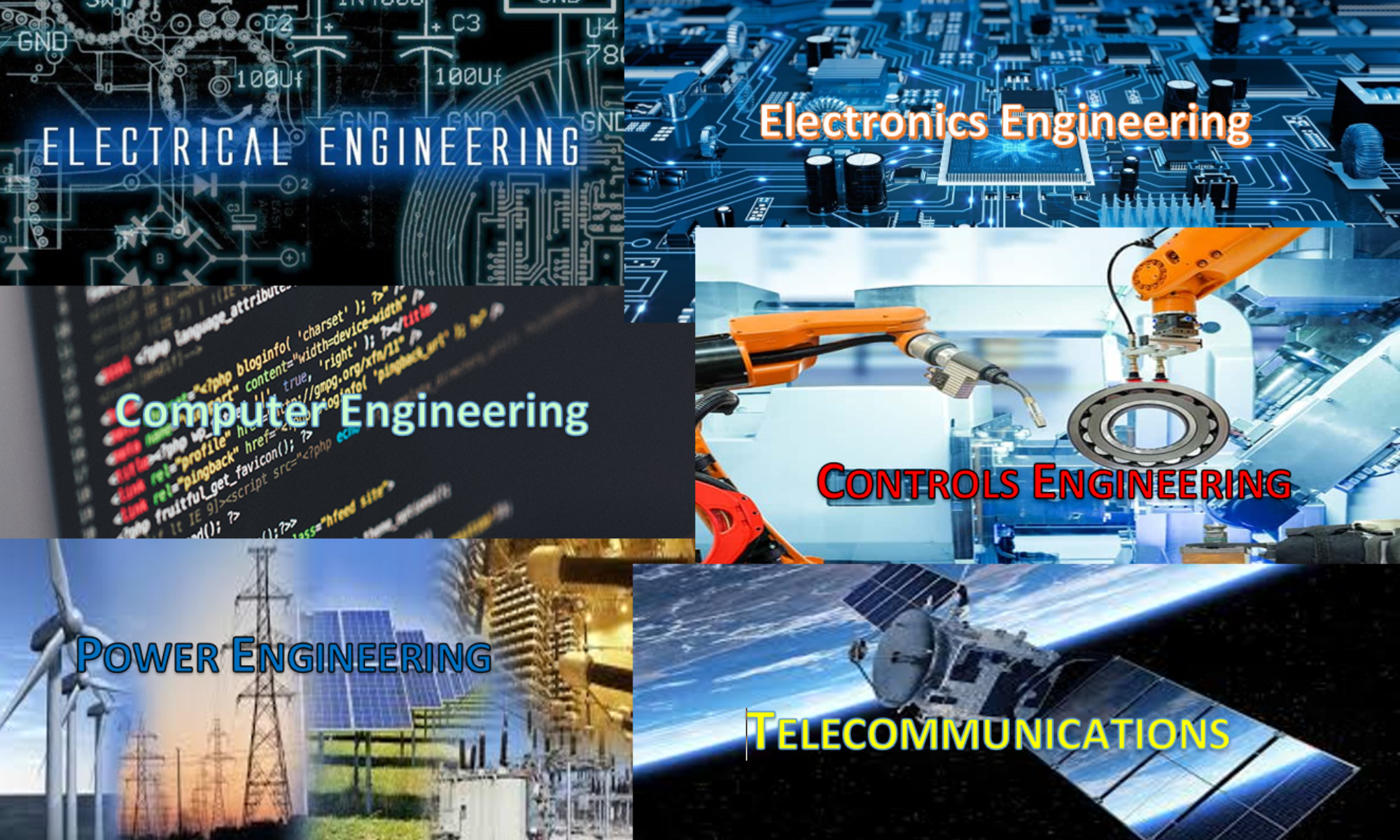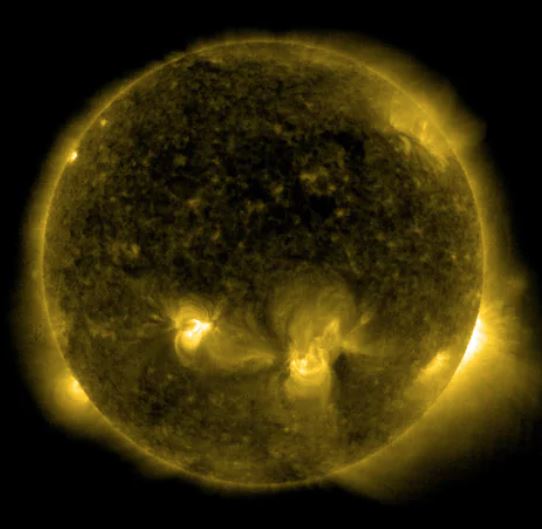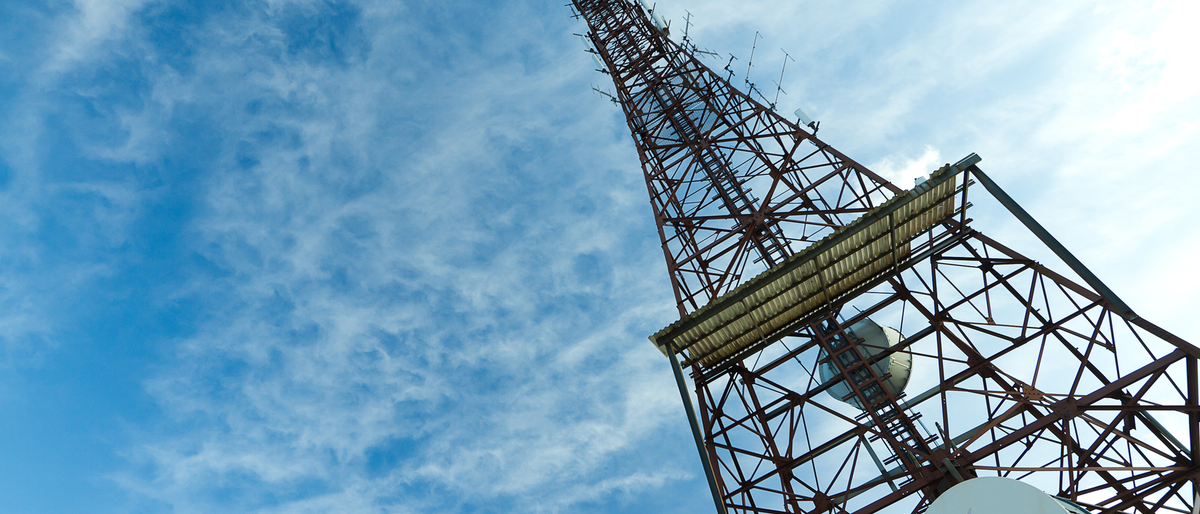EE World – Smart homes need wireless connectivity, and Z-wave has emerged as the ultimate solution for home automation. The Z-wave protocol is a wireless, radio frequency protocol designed primarily for smart home networks. All the existing wireless communication protocols had one or the other problem. Bluetooth and Zigbee often shortfall of range while Wi-Fi poses its own limitations in a low-power ecosystem. Interoperability has been another major issue as popular wireless standards have different protocols and implementations for different applications. No one solution could cater to the requirements of an automated home. Z-wave is, now, the solution for all those lingering issues.
Z-wave devices are interoperable and can be easily accessed through the internet or a Z-wave gateway. With a range of around 40 meters, a Z-wave network limited to four hops can connect at most 232 devices. Irrespective of their make or application, all devices can have simultaneous two-way communication over the Z-wave network secured using AES. With sufficient range, optimum data speed, AES security, low-power wireless solution, and interoperable protocol, Z-wave is just perfect for home automation. There are now thousands of Z-wave products in the market, serving as intelligent devices for smart home ecosystems.






